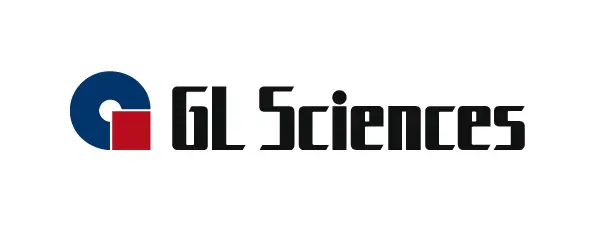Checkout using your account
Checkout as a new customer
Creating an account has many benefits:
- See order and shipping status
- Track order history
- Check out faster
The Tenax material consists of a porous polymer based on 2,6-diphenyl-p-phenylene oxide.
TenaxTA was developed to minimise ghost peaks caused by aromatic hydrocarbons and halogenated compounds. This material can be used both in a packed column and as a trapping adsorbent for organic volatile and semi-volatile compounds.
Tenax GR is made from the same polymer as Tenax TA, but 23% 0.5µm graphitic carbon has been added in the polymerisation process. The addition of graphitic carbon maintains the same hydrophobicity and thermal stability, but results in a higher breakthrough volume than conventional Tenax TA.
Product Line
- Inertsil
- Inertsil Hybrid-C18
- InertSustain
- InertSustain Swift
- InertCap
- InertSep
- Titansphere
- LD249 Gas Leak Detector
- GF-1010 Digital Gas Flow Meter
- Bioptic
- GL Sciences-HayeSep
- GL Sciences-Porapak
- GL Sciences-TC
- GL Sciences-Tenax
- GL Sciences-Unibeads
- InertCore
- InertSep WAX FF/GCB
- InertSphere
- MonoCap
- MonoFas
- MonoSpin
- MonoTrap
- OPTIC
- ProteoSil
- SYPRON
Write us a message and we will get back to you as soon as possible.


